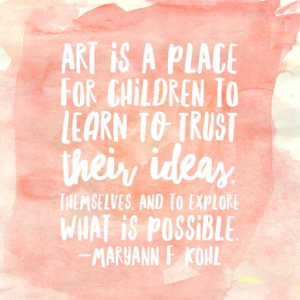
Art and Design is an important part of our curriculum and it is our aim to engage and inspire all students through a wide range of creative opportunities. We believe that Art and Design encourages children to develop their imagination, nurture their creativity, and provides students with a variety of ways to express their thoughts, feelings, and emotions.
Underpinned by both the school and Christian values, we want our children to know how Art & Design has contributed to our culture and understanding of our history and the world. At St Michael’s Church of England High School, we hope to foster and continually grow a love of Art and Design as the students progress through our school, giving them the opportunities and skills needed to explore what is possible.
Key Stage 3
Pupils will be taught to develop their creativity and ideas, and increase proficiency in their execution. They will develop a critical understanding of artists, architects, and designers, expressing reasoned judgements that can inform their own work.
Pupils will be taught:
- to use a range of techniques to record their observations in sketchbooks, journals, and other media as a basis for exploring their ideas
- to use a range of techniques and media, including painting
- to increase their proficiency in the handling of different materials
- to analyse and evaluate their own work, and that of others, in order to strengthen the visual impact or applications of their work
- about the history of art, craft, design, and architecture, including periods, styles, and major movements from ancient times up to the present day.


